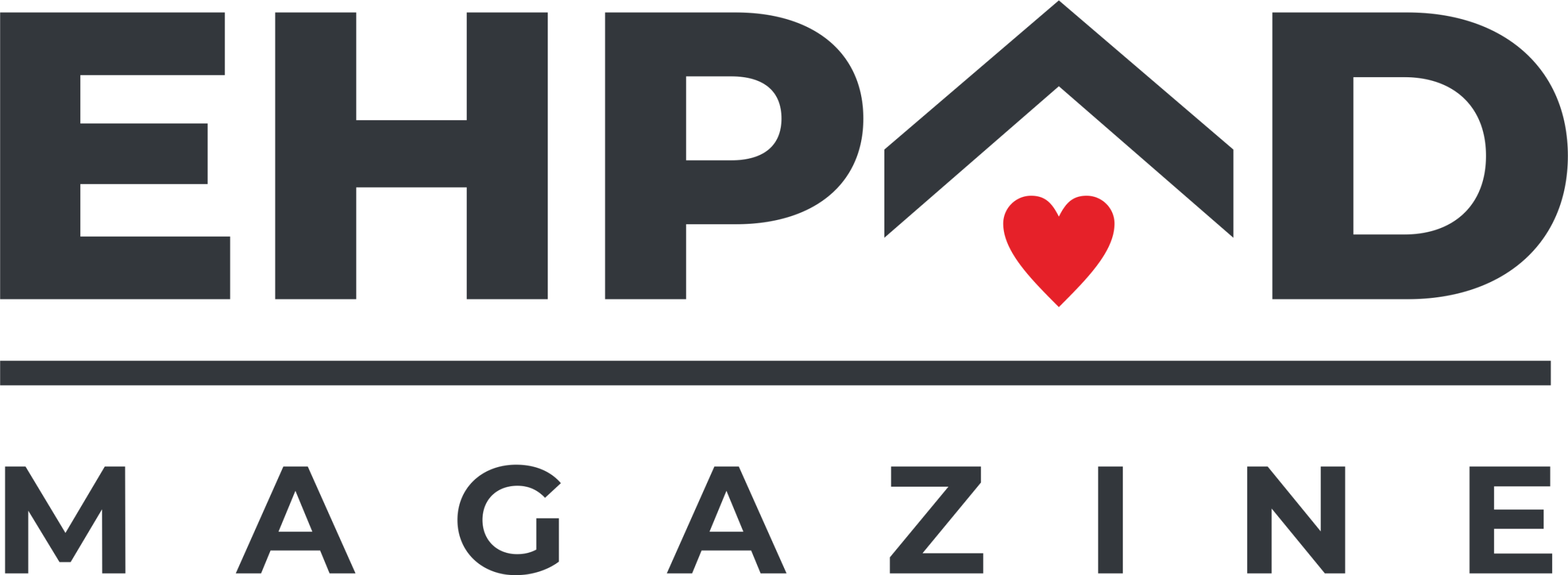🚨 Breaking: France’s 2025 Finance Bill Reshapes LMNP Investment Landscape
The French government’s 2025 Finance Bill (PLF 2025) has sent shockwaves through the nursing home investment community with proposed changes that could fundamentally alter the LMNP (Loueur en Meublé Non Professionnel) taxation framework. For thousands of investors who have built their retirement strategies around EHPAD investments, these changes represent both challenges and opportunities that demand immediate attention. 💡
As European care home investment volumes rebound—with €1.76 billion invested in the first five months of 2025 according to Savills—French investors face a critical juncture. The proposed reforms target one of LMNP’s most attractive features: depreciation benefits that have historically allowed investors to significantly reduce their taxable rental income while preserving capital gains advantages upon resale.
📊 Understanding the Current LMNP Advantage
Before diving into the proposed changes, it’s essential to understand why LMNP status has been so attractive for nursing home investors. Currently, LMNP offers several key benefits:
- Depreciation Deductions: Investors can deduct a portion of their property’s value annually from taxable income 📉
- Reduced Rental Income Taxation: Significant tax savings on rental revenues
- Capital Gains Protection: Depreciation doesn’t affect resale taxation calculations
- Professional Management: Properties are managed by established operators like Orpea, Korian, or Colisée
This combination has made EHPAD investments particularly attractive, with typical net yields ranging from 4.2% to 5.8% depending on location and operator quality. The tax efficiency of LMNP has often pushed effective returns well above 6% for many investors. 🎯
⚡ The 2025 Reform: What’s Changing
The PLF 2025 proposes a fundamental shift in how depreciation is treated for LMNP investors. The key change involves reintegrating depreciation deductions into capital gains calculations upon property resale. Here’s how this works:
🔄 Current System vs. Proposed Changes
Current System:
- Annual depreciation reduces taxable rental income
- Upon resale, capital gains are calculated based on original purchase price
- Depreciation doesn’t impact resale taxation
Proposed 2025 System:
- Annual depreciation still reduces taxable rental income
- Upon resale, all previously claimed depreciation is subtracted from the original purchase price
- This creates a lower « adjusted basis, » resulting in higher taxable capital gains
- Capital gains tax (19%) and social contributions (17.2%) apply to this increased amount
💰 Financial Impact Example
Consider an investor who purchased an EHPAD room for €200,000 and claimed €50,000 in depreciation over 10 years:
Under Current Rules:
Sale price: €250,000
Capital gain: €250,000 – €200,000 = €50,000
Tax liability: €50,000 × 36.2% = €18,100
Under Proposed Rules:
Sale price: €250,000
Adjusted basis: €200,000 – €50,000 = €150,000
Capital gain: €250,000 – €150,000 = €100,000
Tax liability: €100,000 × 36.2% = €36,200
The difference? An additional €18,100 in taxes—exactly the amount previously saved through depreciation deductions! 😱
🎯 Who Will Be Most Affected?
The impact of these changes won’t be uniform across all LMNP investors. Understanding your risk profile is crucial:
🚨 High-Risk Investors
- Short-term holders: Those planning to sell within 5-10 years
- Active traders: Investors who regularly buy and sell EHPAD properties
- Yield-focused investors: Those maximizing depreciation deductions annually
🛡️ Lower-Risk Investors
- Long-term holders: Benefit from progressive capital gains exemptions (22 years for income tax, 30 years for social contributions)
- Inheritance planners: Properties transferred through inheritance avoid capital gains taxation entirely
- Primary residence converters: Those planning to eventually use the property as their main residence
🌍 European Context: Market Dynamics
These French reforms come at a time when European nursing home investment is experiencing renewed vigor. According to recent Savills research, cross-border capital made up 48% of 2024 care home investment volumes, with 85% of January-May 2025 activity involving international investors. 🌐
Key European market trends include:
- UK Leadership: Remains the most attractive market with strong pricing power
- Spanish Growth: Acute supply shortfall creating opportunities
- German Recovery: Sizeable insurance-backed market regaining investor confidence
- Yield Stabilization: Prime yields across Europe stabilizing between 5.00-5.50%
For French investors, this international context suggests that while domestic tax changes may reduce LMNP attractiveness, alternative European opportunities are emerging. 🇪🇺
🛠️ Strategic Adaptation Options
Smart investors are already developing strategies to navigate these proposed changes:
1. 📅 Long-Term Hold Strategy
The most straightforward approach involves extending holding periods to benefit from progressive capital gains exemptions. After 22 years, properties become exempt from capital gains tax, and after 30 years, social contributions are also waived.
2. 🏢 Professional Status Conversion (LMP)
High-income investors might consider switching to Professional Furnished Rental (LMP) status, which offers:
- Tax-deductible rental losses against total income
- Potential capital gains exemption after 5+ years of activity
- Greater control over investment taxation
3. 🏗️ SCI Corporate Structure
Transferring properties to a real estate investment company (SCI) taxed under corporate tax (IS) can provide:
- Continued depreciation benefits
- Lower corporate tax rates on rental income
- More flexible exit strategies
4. 🎯 Portfolio Diversification
Rather than concentrating in LMNP properties, investors can diversify across:
- Unfurnished rental properties
- Real Estate Investment Trusts (SCPI)
- International nursing home investments
- Direct operator partnerships
⚖️ Risk Assessment Framework
Before making any strategic changes, investors should evaluate their situation using this framework:
🔍 Investment Timeline Analysis
- 0-5 years: High impact from reform—consider alternative structures
- 5-15 years: Moderate impact—evaluate hold vs. sell decisions carefully
- 15+ years: Low impact—progressive exemptions provide protection
💼 Financial Position Review
- Tax bracket: Higher earners may benefit more from LMP conversion
- Liquidity needs: Those requiring regular income should prioritize yield optimization
- Estate planning: Inheritance strategies may override short-term tax considerations
📈 Market Opportunities Amid Change
While the proposed reforms create challenges, they also present opportunities for savvy investors:
🛒 Acquisition Opportunities
As some investors exit LMNP properties to avoid future tax implications, acquisition opportunities may emerge at attractive prices. Properties with strong fundamentals—good locations, reputable operators, long-term leases—could become available at discounts.
🔄 Operator Consolidation
The nursing home sector continues consolidating, with major operators like Korian and Orpea (now Emeis) restructuring. This creates opportunities for investors to partner with emerging operators or acquire properties from distressed situations.
🌟 Quality Premium
As tax advantages diminish, investment focus will shift toward operational excellence and property quality. Premium properties with strong operators, modern facilities, and prime locations will command higher valuations.
🎯 Actionable Steps for Investors
Given the proposed changes, here’s a practical action plan:
📋 Immediate Actions (Next 3 Months)
- Portfolio Audit: Review all LMNP properties and calculate potential tax impact
- Professional Consultation: Engage tax advisors familiar with the proposed changes
- Timeline Assessment: Determine optimal holding periods for each property
- Alternative Structure Analysis: Evaluate LMP or SCI conversion benefits
🎯 Medium-Term Strategy (6-12 Months)
- Selective Divestiture: Consider selling properties with high depreciation exposure
- Reinvestment Planning: Identify alternative investment vehicles
- Operator Relationships: Strengthen partnerships with quality operators
- Market Monitoring: Track legislative progress and potential amendments
🔮 Future Outlook and Considerations
The proposed LMNP reforms reflect broader trends in French tax policy aimed at addressing housing market imbalances. While the changes may reduce the sector’s tax advantages, several factors suggest continued investment viability:
📊 Demographic Drivers
France’s aging population ensures continued demand for nursing home beds. With over 1.4 million people expected to require long-term care by 2030, fundamental demand remains strong regardless of tax changes.
🏗️ Supply Constraints
Limited new construction and strict regulatory requirements maintain supply-demand imbalances, supporting rental growth and occupancy rates.
💰 Yield Competitiveness
Even with reduced tax advantages, nursing home investments often provide superior risk-adjusted returns compared to traditional real estate or financial markets.
🎯 Key Takeaways for Smart Investors
💡 Essential Points to Remember:
- Timeline Matters: Long-term holders face minimal impact due to progressive exemptions
- Quality Focus: Emphasis shifts from tax optimization to operational excellence
- Strategic Flexibility: Multiple adaptation strategies exist for different investor profiles
- Market Opportunities: Reforms may create acquisition opportunities at attractive prices
- Professional Guidance: Complex changes require expert tax and legal advice
🚀 Conclusion: Navigating Change Successfully
The proposed 2025 LMNP tax reforms represent a significant shift in France’s nursing home investment landscape. While these changes will impact investor returns, they don’t eliminate the fundamental attractiveness of the sector. Success will depend on adapting strategies to the new environment while maintaining focus on quality properties and operators. 🎯
For investors willing to embrace longer holding periods, explore alternative structures, or diversify their approaches, opportunities remain abundant. The key is acting proactively rather than reactively, using the transition period to optimize portfolios for the new tax environment.
As European nursing home investment continues its recovery—with cross-border capital driving much of the activity—French investors have the opportunity to participate in a broader, more diverse market while adapting to domestic tax changes.
🔍 Need Expert Guidance?
Navigating the 2025 LMNP tax reforms requires specialized knowledge and strategic planning. Whether you’re considering selling existing properties, exploring alternative investment structures, or seeking new opportunities in the evolving market, professional guidance is essential.
For personalized advice on optimizing your nursing home investment strategy in light of these changes, visit EHPAD INVEST for expert consultation and market insights. 🏆
Disclaimer: This article is for informational purposes only and does not constitute personalized tax or investment advice. The proposed changes are subject to legislative approval and may be modified during the parliamentary process. Consult qualified professionals before making investment decisions.


